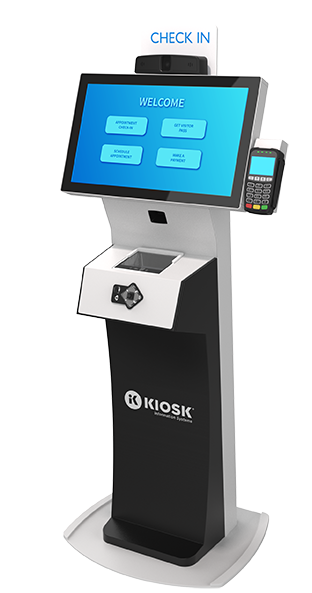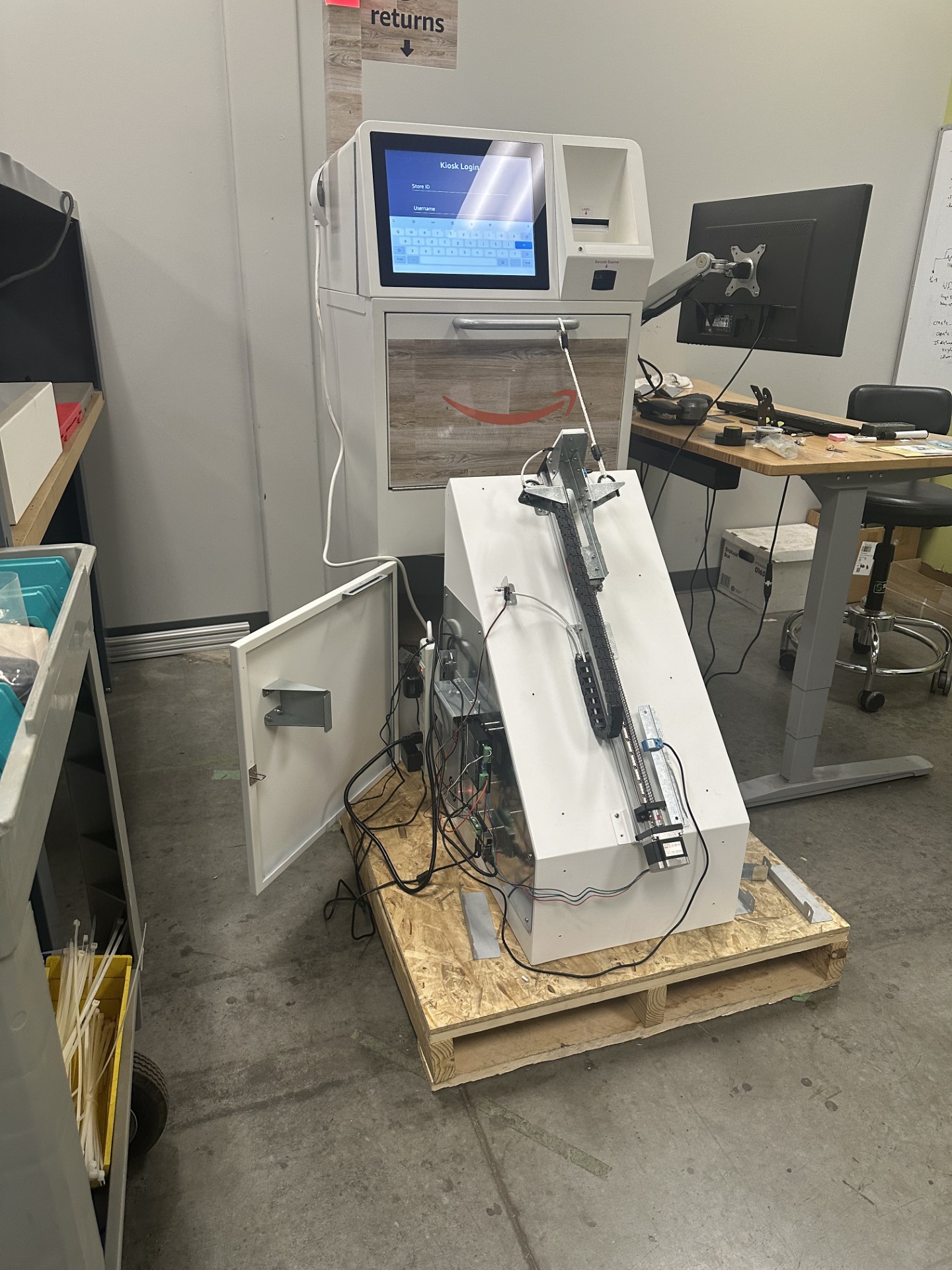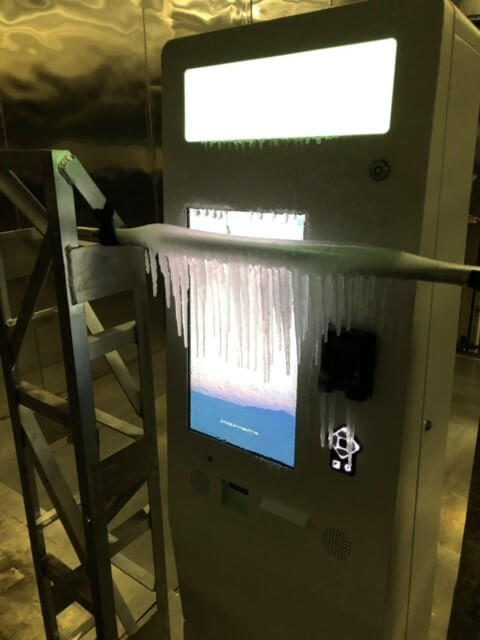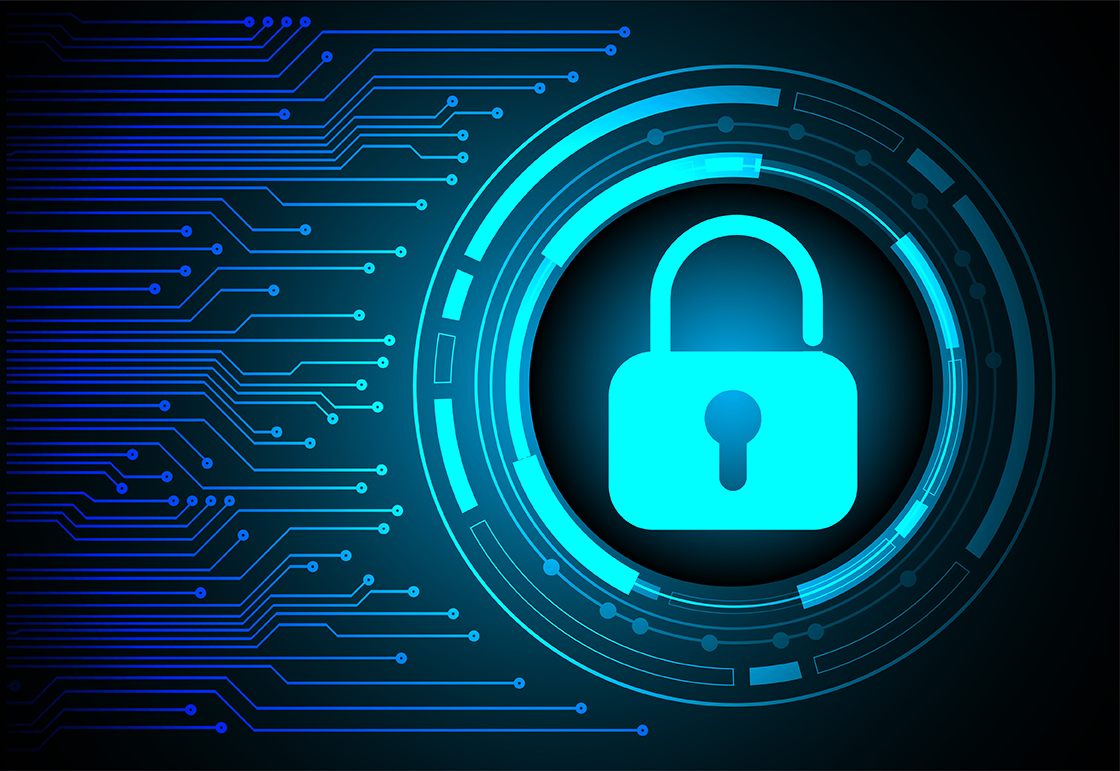Technology has a huge part to play in consumer satisfaction. By acknowledging where you can improve and deploying next-generation technology, you can enhance the guest experience, improve productivity, and bolster the bottom line.
A visitor management kiosk can be pivotal to a better visitor experience. In this comprehensive guide, you will learn about the visitor check-in kiosk, why they are essential, and how to incorporate them into your organization.
What is a Visitor Management Kiosk?
Before discussing the reception visitor kiosk, let’s first define visitor management.
Every organization that accepts visitors and guests has a visitor management system, whether they know it or not. While many businesses don’t have a formalized plan, you regularly engage in visitor management if you have a system for:
- Greeting guests
- Identifying visitors
- Connecting guests to the proper employee
Accomplishing these functions may require verifying IDs, recording information, capturing electronic signatures, or granting visitors access to a part of your premises. Industries that need a visitor management strategy include:
- Hospitality
- Healthcare
- Banking
- Retail
- Self-storage
- Government
Interactive visitor kiosks are vital in today’s corporate world for streamlining the check-in process. By eliminating queues and reducing waiting times, these kiosks provide customers and guests a seamless and expedited check-in experience. The user-friendly interface enhances visitor satisfaction, while automated check-ins free up resources for other important tasks. Overall, kiosks optimize efficiency, save time, and create a positive impression on visitors.
Why is Visitor Management Important?
Kiosk visitor management aims to create a frictionless guest experience in any industry. Whether you work the front desk of a hotel or accept thousands of patients weekly as part of a busy hospital waiting room, visitor management kiosks can make the check-in process smoother for staff and guests.
Implementing a kiosk desk at reception offers a range of tangible benefits for your business that can improve operations for employees and visitors.
Enhance Security
Visitor management helps track who is in the building and where they are. It protects your employees and guests from undesirable figures by keeping a tight watch on who enters a corporate campus. Some of the more advanced visitor kiosk systems even offer extensive Biometric components, including facial recognition and thermal sensing cameras and iris/fingerprint/palm vein scanning.
Reduce Waiting Times
Waiting times are a burden in every industry, impacting your business’s viability. For example, 30% of healthcare patients have left an appointment because of long waiting times.
Healthcare providers can offer patients an exceptional experience by minimizing waiting times during check-in. Lengthy conversations and paper forms can be elegantly sidestepped with automated systems and virtual forms.
Wait times are particularly crucial to address in the hospitality industry, as they can significantly impact the guest experience. The first impression created during check-in sets the tone for the entirety of the guests’ stay. In a traditional scenario, guests often have to stand in line at the reception desk, leading to frustration and impatience. However, with front desk hotel kiosks in place, this process can be expedited and completed in two minutes or less.
Automated kiosks streamline the check-in process by allowing guests to quickly and easily check in and receive their room keys without assistance from hotel employees. By eliminating the need for standing in line, these kiosks provide a seamless and efficient experience, ensuring that guests start their stay on a positive note.
Improve Employee Productivity
Ongoing labor shortages mean staff can focus on priority-level responsibilities. Modern kiosks can automate menial tasks and streamline necessary ones with advanced features like automated facial recognition, biometrics, and AI, allowing employees to focus on more critical tasks that require human interaction. Examples of these tasks include:
- Special Accommodations: Guests with unique needs may require assistance or guidance that automated kiosks cannot provide.
- Complex Inquiries: Some inquiries may go beyond the capabilities of automated systems, requiring personalized responses and detailed information.
- Emergency Situations: Human staff is essential for ensuring guest safety during emergencies, providing instructions and support.
- VIP or High-Profile Guests: Personalized human interaction enhances the experience of VIP or high-profile guests.
- Conflict Resolution: Resolving disputes or conflicts often requires human mediation and problem-solving skills.
Free Up Your Employees
In settings like hotels, the front desk is the first step in the guest’s experience, and lines at reception can make a poor first impression. With kiosks handling routine check-in and checkout processes, employees can help guests with more complex requests or those who simply prefer the traditional check-in process.
In healthcare and corporate settings, a front desk administrator likely has many duties besides the visitor management process. Giving patients and customers the option to check in with a kiosk removes this duty and gives them more time to focus on other tasks.
During busier periods, it’s vital to prevent bottlenecks by redirecting people to your kiosks. Doing so allows your team to focus on handling more complex issues.
Better Data Collection
Data is critical to providing an optimized guest experience. With a visitor sign-in kiosk, you can fully digitize your operations and automatically record accurate data.
It can be used to automatically check known guests into your business after a few seconds and provide insights into how to meet your customers’ needs.
Improve Your Reputation
First impressions are everything. One survey revealed that 66% of customers would not give a business a second chance after a single bad experience.
Your visitor management kiosk is a core part of helping to form a positive first impression. Adding a digital option for sign-in can help reduce wait times. It also gives customers the ability to choose their preferred customer experience. While the older generation might like talking to an employee, “digital natives” tend to prefer the speed and convenience a visitor sign-in kiosk offers.
In the hospitality industry, adding kiosks can give late arrivals a fast and contactless way to access their rooms when they’re tired from a long journey. Many smaller hotels may only employ one front desk agent per shift. If that person needs to step away, a kiosk can fill in, offering guests immediate attention.
With a visitor management kiosk, you fulfill your obligations while streamlining the guest experience, benefiting your reputation.
How to Incorporate Visitor Management Kiosks Into Your Business
Buying a set of interactive visitor kiosks and placing them in your reception may sound simple. However, there’s more to the process. Here are some considerations involved in making kiosks a part of your guest experience.
Types of Check-In Kiosks
Not all kiosks have the same functionality. Each kiosk type has its uses, advantages, and disadvantages.
The main types of check-in kiosks include:
- Self-Check-In – Designed primarily for hotels, these kiosks can include credit card readers, ID scanners, and live video assistance to identify bookings and take down all required guest information.
- Patient Check-In – Healthcare kiosks streamline the process of filling out patient and insurance claim forms.
- Airport Check-In – These kiosks allow passengers to complete the check-in process by searching for their booking via a booking code to receive their printed boarding passes and luggage tags.
- Mobile Kiosks – Mobile kiosks are often used for temporary events like corporate seminars. They are about the size of a tablet and can be used to dispense badges for attendees.
Regardless of the kiosks you need, industry-specific kiosks will provide you with all the functions you need to fulfill your obligations while reducing the burden on guests and employees alike.
Where to Put Your Kiosks
The success of a kiosk depends on its placement. If it’s hidden behind a wall while the reception is in plain sight, most guests will likely head straight to the reception instead, leaving the kiosk largely unused.
Generally, you have four places you can place your kiosk. Here’s a rundown of the benefits of each option:
- Front and Center – Guaranteed visibility.
- Next to Your Reception Desk – Improved visual strength and human help for those experiencing difficulties.
- On the Reception Desk – Minimizes floor space and provides human guidance if your guests are experiencing problems.
- On the Side of the Lobby – Ideal for lobbies with heavy foot traffic.
Since kiosks are mobile in most scenarios, you can experiment with each of these four placement areas to determine which option works best for your guests. However, your choice will largely be influenced by your lobby’s layout.
Kiosk Security
Kiosk security remains a concern for all businesses. While most would point to physical security, cybersecurity is the primary threat. These are the criminal acts your staff cannot see – and kiosks are just as vulnerable as any other digital device.
More than 33 billion records have already been stolen in 2023, making this a priority. Some actions you can take to protect yourself include:
- Switch digital kiosks to single-app mode.
- Ensure timely updates.
- Invest in remote monitoring.
- Configure your primary network correctly.
Kiosks are just as vulnerable as smartphones and laptops to cybercriminals. The bottom line is to give kiosk security the same attention as network security.
Promotion
Finally, you need to make your visitors aware of your new kiosks and how easy they are to use. Doing so includes clear signage, automated messaging to guests about your kiosks, and training staff so that they can show guests how to use them.
It’s critical not to replace human employees with kiosks entirely. For intricate tasks, in-person help is still vital to providing guests with a seamless experience. Plus, it’s important to offer visitors options for check-in, including those involving face-to-face assistance.
Although kiosk adoption may take time, training your guests on the convenience and efficiency of these self-service machines will allow them to become an integral part of your customer journey. With the right approach, you can encourage adoption and delight guests with a tailored experience.
Conclusion
Implementing a visitor management kiosk in your hotel, retail outlet, or healthcare clinic is all part of creating a digitized experience that reduces human interaction, improves efficiency, and bolsters security.
At KIOSK, we specialize in providing industry-specific solutions that meet your business goals. Contact our team now to learn more about the advantages of visitor management kiosk machines.






